ADHD Typology Framework (Revised)
Distractibility
- Disrupted Flow (D): Strongly derailed by external stimuli.
- Productive (P): Relies on constant stream of inputs to drive actions.
Hyperactivity
- Internal Energy (I): Hyperactivity manifests as a constant flow of thoughts and mental restlessness.
- External Energy (E): Hyperactivity is expressed through physical movement and need for activities.
Impulsivity
- Controlled Impulses (C): Has a system for impulse control, better-able to resist those urges.
- Uncontrolled Impulses (U): Tends to act quickly, sometimes without considering ramifications.
Energy Type
- Highly Creative (H): The world is clay in the hands of this person, waiting to be sculpted.
- Experience Seeking (X): The world is an endless adventure waiting to be embarked upon.
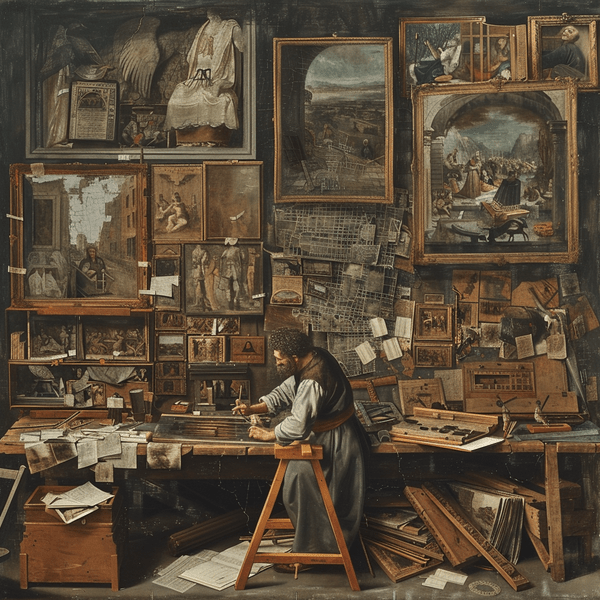
DICH (Disrupted Flow, Internal Energy, Controlled Impulses, Highly Creative)
Leonardo da Vinci: Known for his immense creativity and numerous unfinished projects, da Vinci often had his focus disrupted by his internal restlessness. However, he managed to control his impulses enough to produce groundbreaking work in multiple fields.
Learn more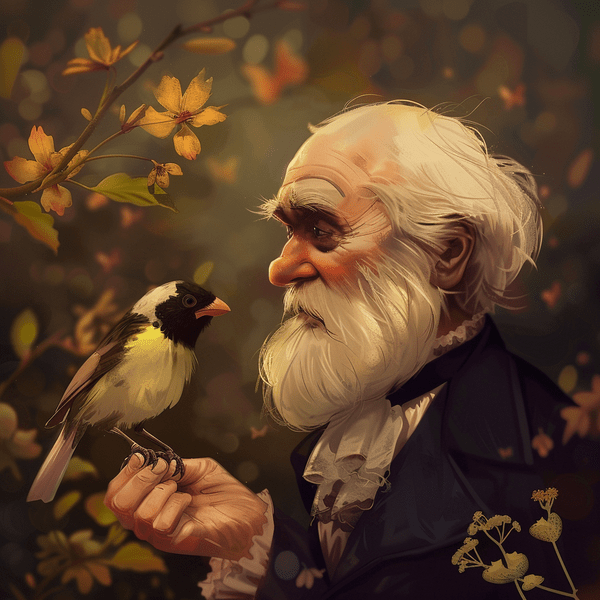
DICX (Disrupted Flow, Internal Energy, Controlled Impulses, Experience Seeking)
Charles Darwin: Darwin exhibited internal restlessness and sought new experiences through his extensive travels and observations, yet he maintained control over his impulses to methodically document and analyze his findings, leading to his theory of evolution.
Learn more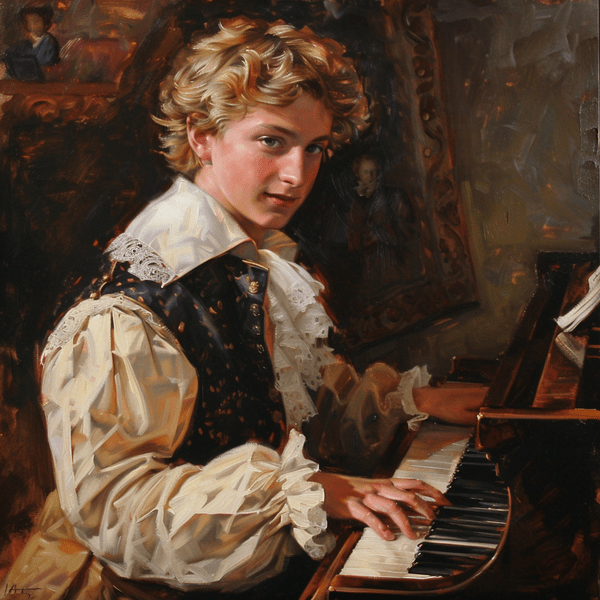
DIUH (Disrupted Flow, Internal Energy, Uncontrolled Impulses, Highly Creative)
Wolfgang Amadeus Mozart: Mozart was highly creative and mentally restless, often struggling with impulsivity. His internal distractions and lack of impulse control led to both prolific output and personal difficulties.
Learn more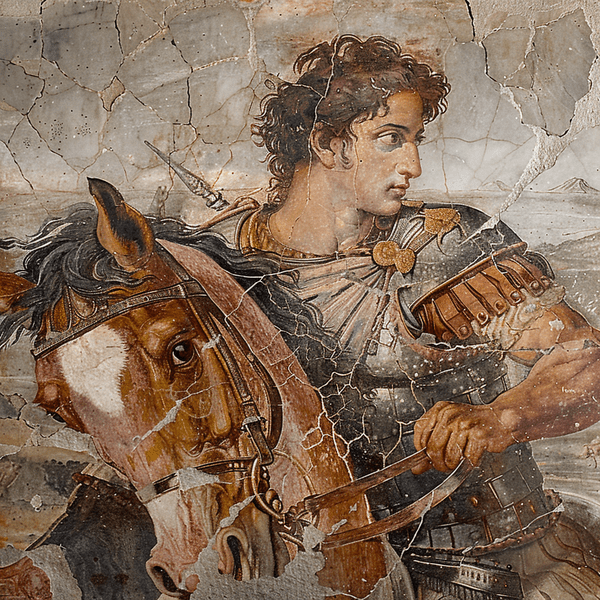
DIUX (Disrupted Flow, Internal Energy, Uncontrolled Impulses, Experience Seeking)
Alexander the Great: Known for his internal drive and restlessness, Alexander was impulsive and driven to seek new experiences and conquer new lands, often leading to Disrupted Flow outcomes.
Learn more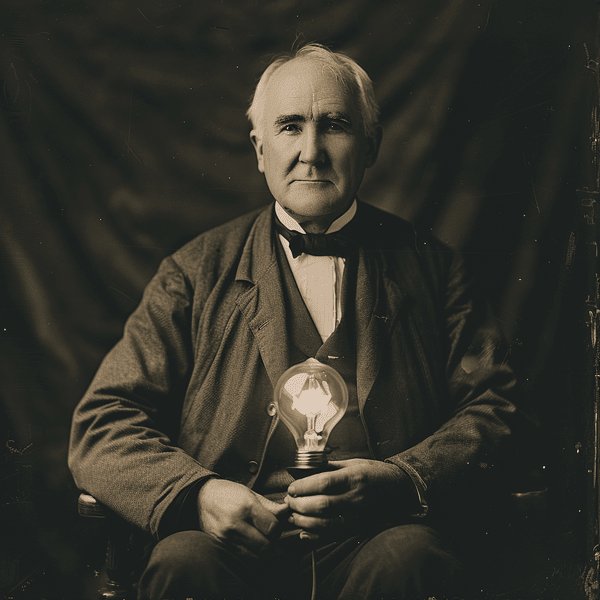
DECH (Disrupted Flow, External Energy, Controlled Impulses, Highly Creative)
Thomas Edison: Edison exhibited external hyperactivity and distractibility, often working on multiple inventions simultaneously. Despite this, he managed his impulses and produced highly creative and innovative work.
Learn more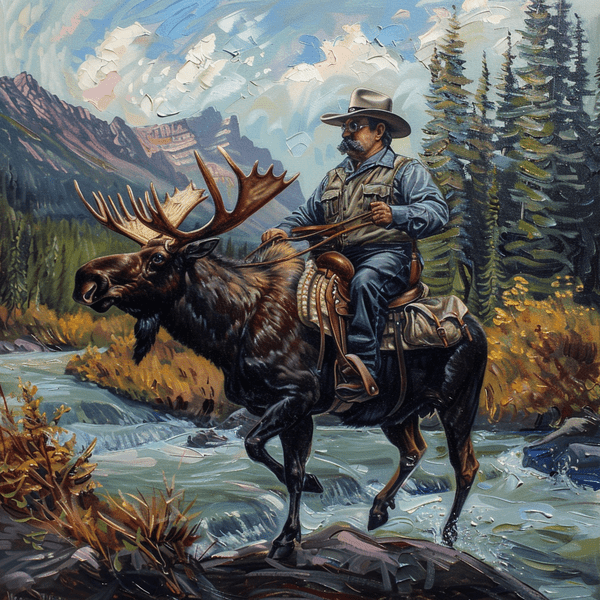
DECX (Disrupted Flow, External Energy, Controlled Impulses, Experience Seeking)
Theodore Roosevelt: Roosevelt was physically active and driven to seek new experiences, from exploring the Amazon to his political career. He maintained control over his impulses, channeling his energy into numerous productive pursuits.
Learn more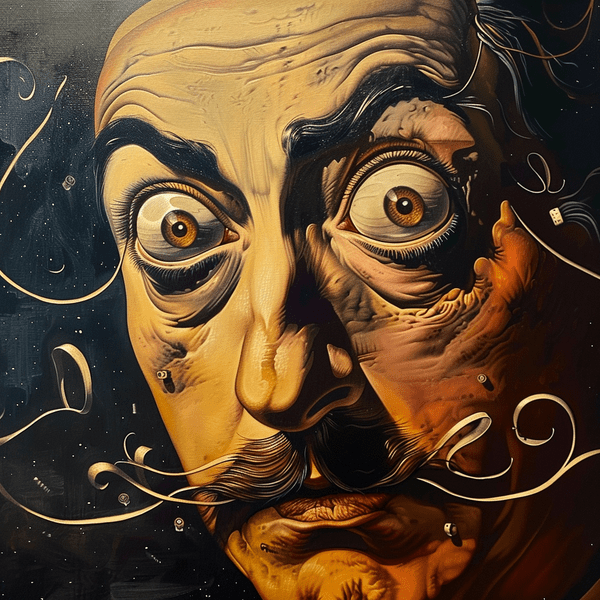
DEUH (Disrupted Flow, External Energy, Uncontrolled Impulses, Highly Creative)
Salvador Dalí: Dalí’s external hyperactivity and impulsiveness often led to Disrupted Flow behavior, yet his lack of impulse control was part of his highly creative and eccentric artistic output.
Learn more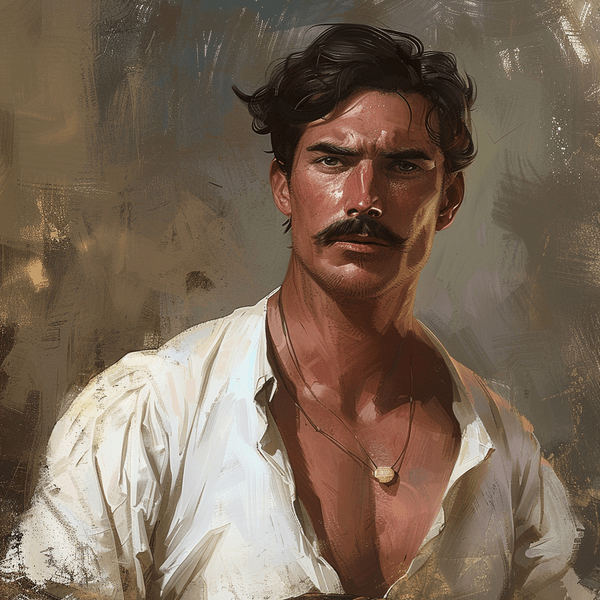
DEUX (Disrupted Flow, External Energy, Uncontrolled Impulses, Experience Seeking)
Richard F. Burton: Burton, the famous explorer, exhibited external hyperactivity and impulsiveness, leading to a life filled with seeking new and often Disrupted Flow experiences. His lack of impulse control was evident in his numerous adventures and controversies.
Learn more
PICH (Productive, Internal Energy, Controlled Impulses, Highly Creative)
Nikola Tesla: Brimming with internal ideas and controlled impulses, Tesla was highly creative and productive, leading to numerous groundbreaking inventions.
Learn more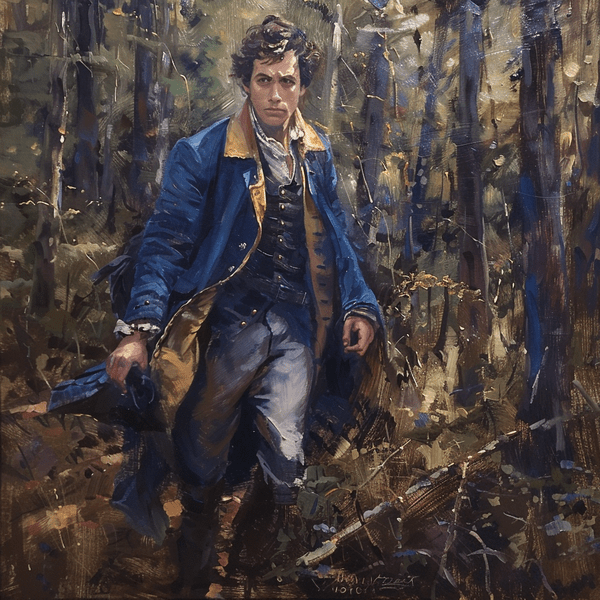
PICX (Productive, Internal Energy, Controlled Impulses, Experience Seeking)
Meriwether Lewis: Internally restless and driven to explore, Lewis maintained control over his impulses, leading to productive and detailed exploration.
Learn more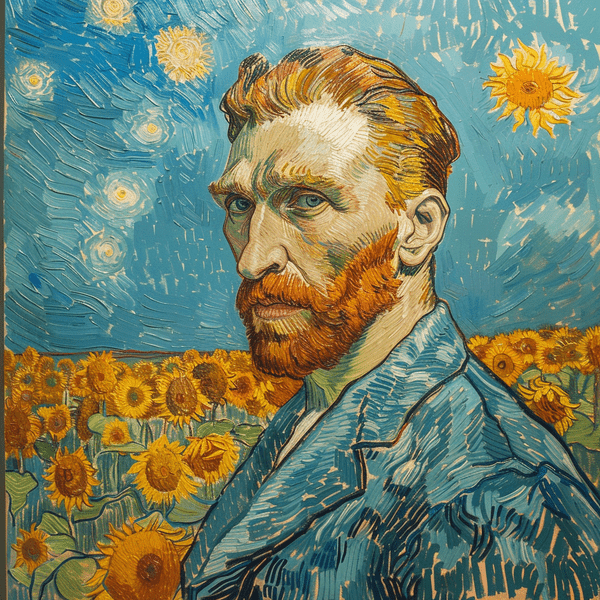
PIUH (Productive, Internal Energy, Uncontrolled Impulses, Highly Creative)
Vincent van Gogh: Internally restless and impulsive, Van Gogh’s mental state led to a prolific and turbulent artistic output.
Learn more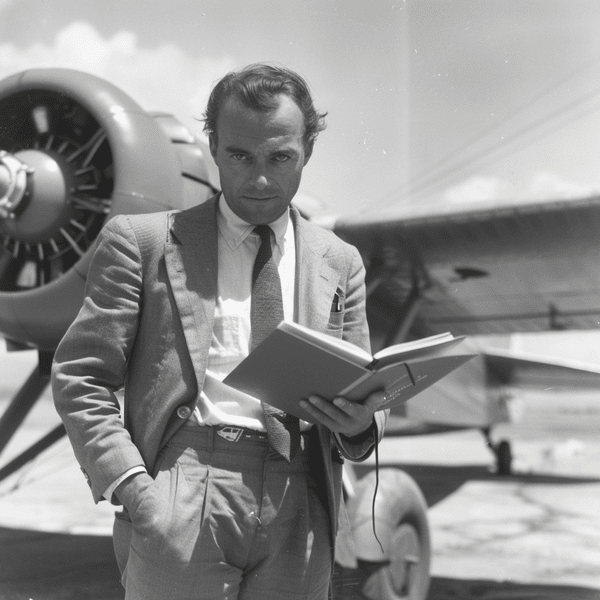
PIUX (Productive, Internal Energy, Uncontrolled Impulses, Experience Seeking)
Antoine de Saint-Exupéry: Internally restless and impulsive, Saint-Exupéry sought new experiences through aviation and writing.
Learn more
PECH (Productive, External Energy, Controlled Impulses, Highly Creative)
Isaac Newton: External energy was channeled productively, resulting in groundbreaking discoveries in physics and mathematics.
Learn more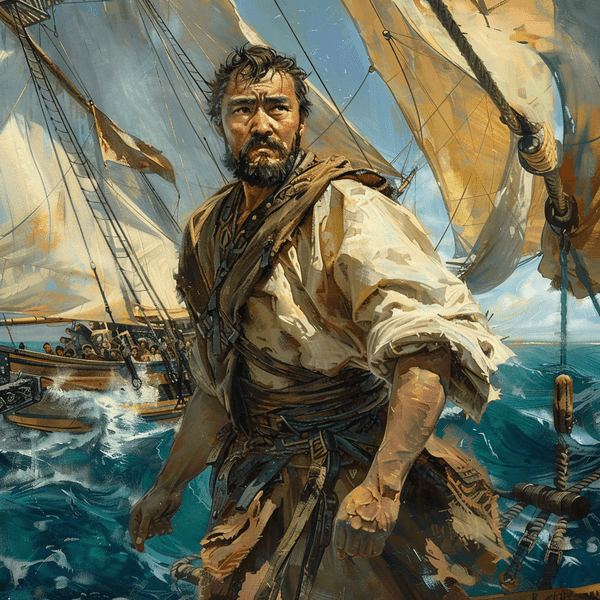
PECX (Productive, External Energy, Controlled Impulses, Experience Seeking)
Marco Polo: His physical explorations were coupled with controlled impulses, leading to productive documentation and significant exploration.
Learn more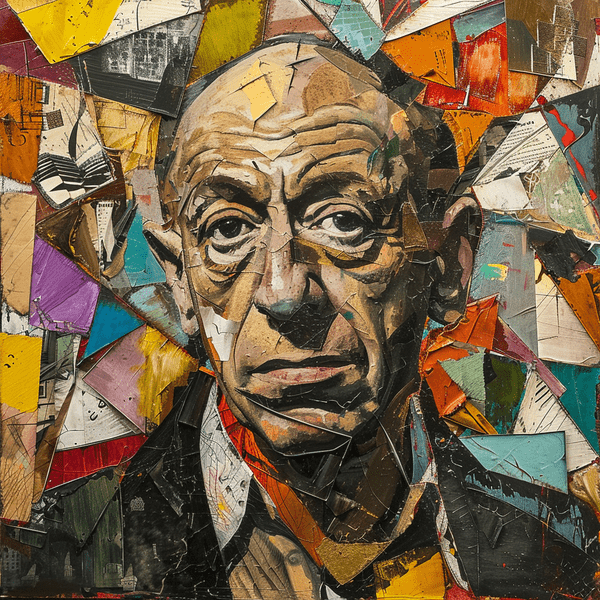
PEUH (Productive, External Energy, Uncontrolled Impulses, Highly Creative)
Pablo Picasso: External hyperactivity and impulsivity resulted in a prolific and highly creative output in the art world.
Learn more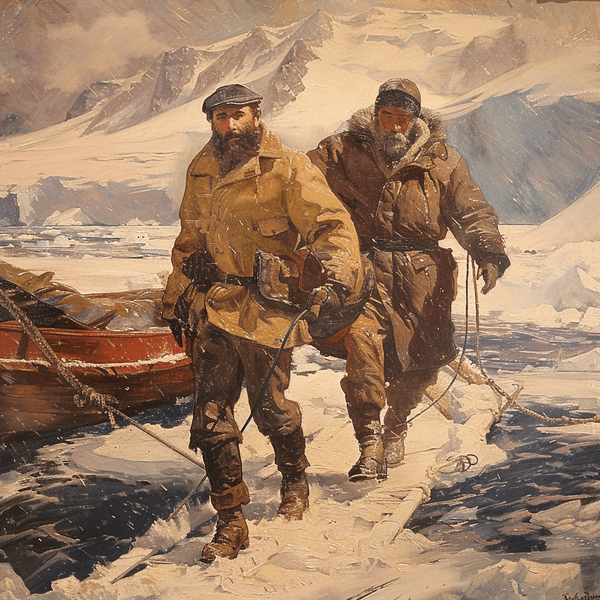
PEUX (Productive, External Energy, Uncontrolled Impulses, Experience Seeking)
Ernest Shackleton: Driven by external energy and impulsive nature, Shackleton sought out new and dangerous expeditions, leading to significant discoveries and experiences.
Learn more